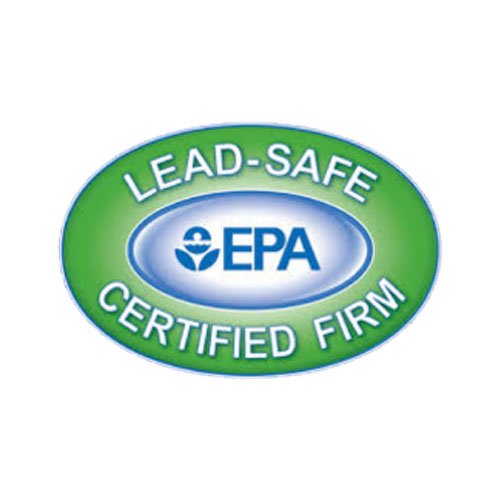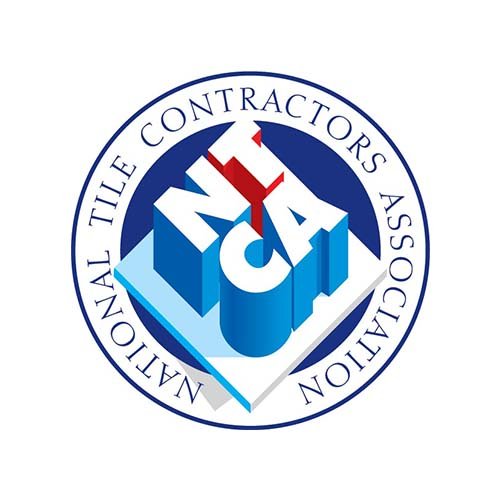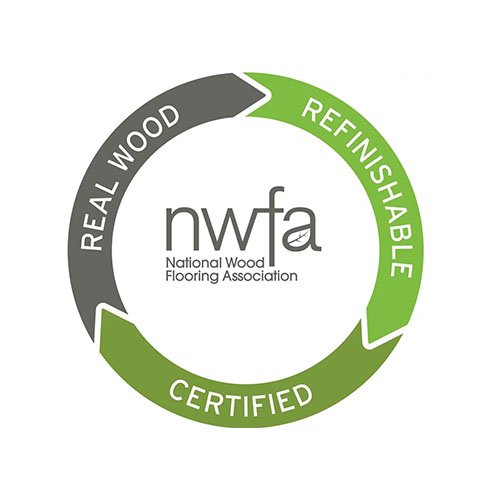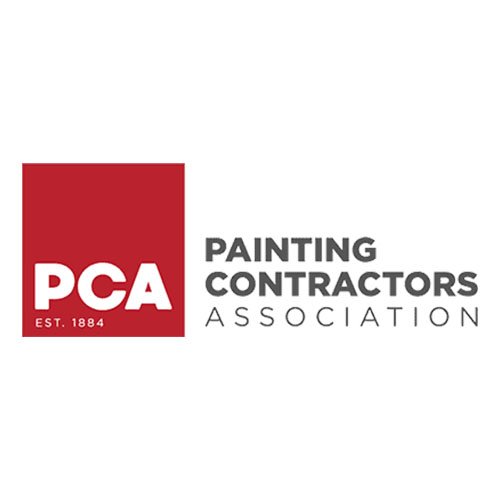The flooring in each room of your house has to handle its own specific issues. Kitchens and bathrooms use tile because it’s easy to clean up in the case of an accident. Living rooms and bedrooms often use carpets for comfort and insulation.
Basements are notorious for their moisture problems due to their proximity to the ground. Your basement flooring options are limited to waterproof or water-resistant materials that won’t get damaged by heavy rain or leaky pipes.
Here are some of the best floor options to consider and how to keep them nice and dry.
Factors When Considering Basement Flooring Options
Your basement flooring needs to withstand an environment different from the rest of your home. Even if your basement doesn’t deal with heavy traffic, it’s often where most of your pipes run through. Pipes can leak, burst, and cause condensation.
Some factors to consider when choosing a basement floor are what it’s used for, how often it’s visited, and where your home is located. If your area is known for flash floods, then you’ll need flooring that can handle getting wet. Tile is easily cleaned but can result in a cold basement.
Subfloors and Underlayments
Subfloors and underlayments are an essential part of properly placing your basement floor and making it last longer.
A subfloor is the bottommost structure of a room. It provides a flat surface to support the actual floor. You can expect your subfloor to last as long as your home.
Underlayment is an optional addition that puts space between a subfloor and the actual floor. It helps to smooth the surface and can act as an insulator.
Without a good underlayment, your flooring will be uneven and make it more difficult to install. It can also provide a good surface for your floor material to adhere to.
Vinyl Tiles and Planks
Vinyl sheet flooring used to be the standard, but now it’s available in a much more convenient tile or plank form. Vinyl can be made to look like tile, hardwood, and ceramic. It’s available in multiple colors and prints.
The reason you might want to choose vinyl is that it can handle water and flooding very well. It’s also easily replaced if it somehow gets damaged.
Carpet
Carpet is a great option for living spaces. It comes in a variety of colors and patterns, it’s soft, and it doesn’t get too cold in the winter. However, homeowners should be careful about installing carpet in their basement.
If your carpet gets wet, there aren’t a lot of easy ways to get it clean and dry. You can’t easily remove it, so your best bet will be to turn on some fans and open any available windows. It’s also notoriously difficult to remove stains from carpet.
Hardwood
Engineered hardwood is an affordable way to get real wood into your home. It’s comprised of a layer of hardwood or bamboo on a plywood core. You get the look and feel of hardwood without warping and buckling.
While it won’t perform as well against scratches and impact damage as real hardwood flooring, you’ll find it works better in a basement environment. Install it over an underlayment for extra protection and comfort.
Tile
Tile works well in any room that deals with a lot of moisture, such as your kitchen or your bathroom. It comes in a variety of colors and patterns, and each individual tile is easily replaced without needing to tear up the entire flooring.
One of the major downsides to tile is its toughness and how cold it can get. In colder climates, you’ll most likely choose to place a large rug over the tile to bring back some warmth. It’s another good alternative to hardwood flooring.
Laminate
Laminate flooring consists of a wood-fiber core with a surface photograph. They’re often made to look like some other kind of material, such as wood or tile. You can clean them easily, and they resist damage.
Conventional laminate isn’t suitable for basements, but there is waterproof laminate available. Although it’s a more affordable alternative to wood floors, you should invest in higher-quality options to avoid water damage.
Concrete Slab Finishing
Your basement most likely has concrete as a subfloor, since it also serves as the bottom of your house. However, you can also finish concrete to give the room a more modern look.
Concrete slab finishing makes it look and feel smoother than standard concrete. The products used to finish the floor aren’t expensive, although you’ll have to pay for the work.
Rubber Flooring
Rubber flooring may be a good option depending on how you intend to use your basement. These types of flooring work best in places with a lot of foot traffic or when they have to hold up large amounts of weight.
For example, rubber flooring works well in an indoor gym or dance studio. You can purchase them as rolled sheets or as tiles.
Cork
Most people wouldn’t consider cork for their home flooring, but it’s comfortable to walk on and warm like carpet. Although it can insulate a cold basement, cork doesn’t do well against water damage. You’ll need to install a subfloor system to protect it.
Protecting Your Basement Floor
Once you’ve chosen between all the different basement flooring options, you’ll need to make sure it’s well protected.
Floodproofing a basement is a major way to prevent water damage and mold. You can stop flooding by using downspout extensions, sealing your basement, and installing some kind of drain or pump.
If there are visible pipes, make sure they’re properly maintained and not leaking at all. Also, keep an eye out for pests that may cause damage to your home.
Improve Your Basement
How you use and protect your basement will dictate the best basement flooring options. You won’t want to install carpet or cork flooring if you don’t have an underlayment. However, tile won’t be a comfortable option for a leisure room.
Ulta Home offers painting, floor, tile, and carpentry services in the Massachusetts area. We’ll help you achieve the premium look you desire.
Contact us to learn more and to hear about our different options.








